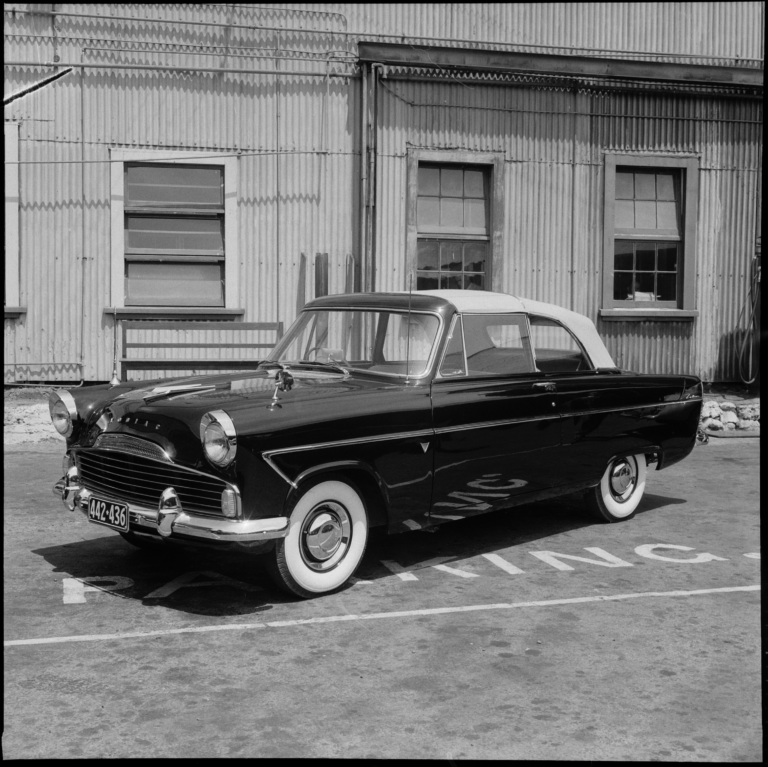We’ve been looking forward to it for ages, and now it’s just around the corner. The highly anticipated New Zealand Festival of Motor Racing (NZFMR) is being held over the weekends of January 16–18 and January 23–25 at Hampton Downs.
Our excitement is in response to the amazing features that the festival is to play host to in its celebration of renowned Kiwi racer Howden Ganley. These features include Formula One cars, Formula 5000 racers. More than six Formula One cars will be in attendance, but it is the F5000s that are the main talking point. With over 50 confirmed, the NZFMR will host the world’s first Formula 5000 World Series, the winner of which will be crowned after the final race on the festival’s second weekend.
Other features we don’t want to miss include Can-Am cars, the ex-Denny Hulme 1973 McLaren M23, a show and shine, 12 race classes with over 350 racers, eight Australian Trans Am racers competing with the Historic Muscle Cars, parade laps of significant cars, and (weather permitting) a Spitfire and RNZAF display.


